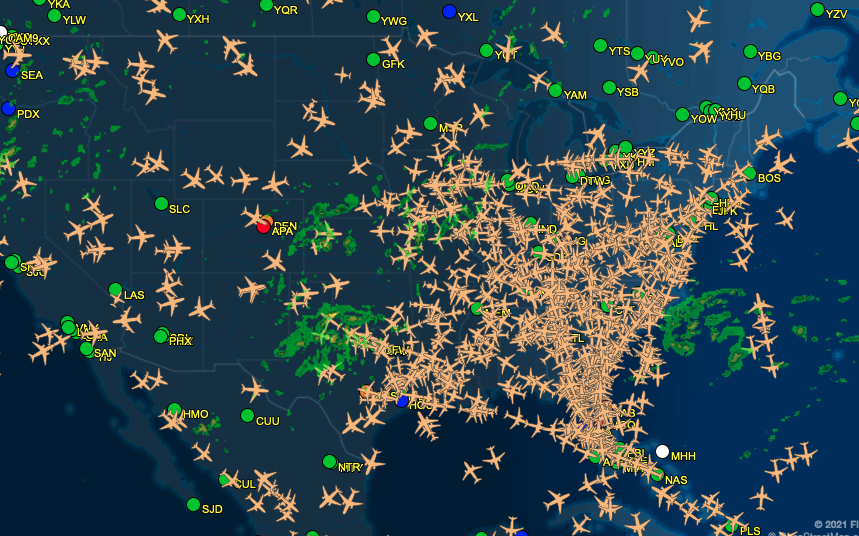It’s nice to know that among some in the science community, the threat of covid-19 is viewed as being on the wane.
Last week, the journal Nature postulated that “after a year of pandemic-induced delays, 2021 is set to be a big year for biodiversity, climate and the ocean.”
While I look forward to bidding good riddance to the pandemic, it’s hard to image that a “big year” for Nature’s editorial writers will be anything but a pain in the butt for commercial fisherman.
One reason for the excitement at Nature and elsewhere is the expectation that the advance of the 30x30 agenda, which calls for protecting 30 percent of the ocean by 2030, will resume.
In the words of the Pew Charitable Trusts, “The call for 30 percent marine protection is part of securing a healthy ocean where marine parks enhance fisheries and sound fisheries management enhances biodiversity conservation.”
If you’re wondering what a marine park is going to look like, it’s a stretch of ocean that will host recreational and indigenous fishermen, wind farms, ecotourism, and in some cases, oil wells. In rare instances, there could be a token commercial fishing vessel, its permits held by an NGO.
U.S. trawlers fish less than 3 percent of the EEZ, so clearly, marine protection areas covering 30 percent of the entire ocean are intended to eliminate trawling and dredging as means of harvesting. Fixed-gear fisheries won’t be far behind, and it’s only a matter of time before longline fishermen and others find themselves in the crosshairs.
In its editorial ominously entitled, “Ocean protection needs a spirit of compromise,” Nature writes that “achieving the best outcome on [biodiversity, climate and the ocean] will require give and take. Nations and stakeholder groups will need to weigh up each goal. That will be hard, but necessary; some countries will have to give a little of their profitable fisheries, for example.”
The reality, of course, is that fisheries are about the production of food. It’s nice when they’re profitable, but the protein they produce is consumed in any case. Most fishermen I know are a blown engine away from asking themselves why the hell they’re still in this racket. So yes, by all means let’s wage a little war on capitalism while we’re at it.
One of the maxims of my first offshore skipper was, “Fish ain’t everywhere.” Thirty percent of the ocean will cover just about any place you are likely to find fish. So, to ensure that 30x30 doesn’t seem too much of an ask, proponents have come up with a trendy new use for MPAs: carbon storage.
For the record, fishermen understand that carbon is the fourth most abundant element in the universe and the basis for life earthly life as well as the source of most of our energy. The issue is whether it requires the services of a marine protected area.
I’m a “no.”
Most carbon is contained in rocks. The rest is in the ocean, plants and soil, and the atmosphere. It flows between these reservoirs in what is known as the carbon cycle. If the cycle gets out of balance — if for example, the atmosphere takes on too much, as is now the case, we have warming temperatures and increasing seawater acidity, a byproduct of dissolving carbon dioxide.
In the fullness of time, the ocean will rebalance, but until then, acidification is likely to have adverse effects on biodiversity and species composition, felt mostly by shellfish.
Here’s where I get off the bus: According to Nature, trawling, by scraping the sea floor, “unleashes” as much carbon as global air travel.
This is a startling claim. Depending on the time of day, there are anywhere from 8,000 to 20,000 airliners plying global airways, each burning several thousand pounds of jet fuel per hour.
By the same token, the U.N. Food and Agriculture Organization counted 285 high-seas trawlers in 2006, a number that seems unlikely to have risen in the years since.
I don’t doubt there are a few thousand smaller trawl vessels scattered across the globe, but whatever their size and home port, there is one thing we know for sure: they spend much if not most of their time tied to the dock, per the insistence of regulators.
(A live look at global air traffic.)
MPAs were originally proposed as facilitating ecosystem management and protecting spawning grounds. That predicate was lost as fishery management improved and overfishing declined. Yet MPAs are still seen as a magic wand by many in the conservation community, despite the fact that their ultimate effectiveness is unknown.
Hence, carbon storage.
One thing is certain: When an area closes, effort intensifies elsewhere. What is less certain is what happens to fish stocks outside MPAs and to fleets displaced by MPAs.
You can have a million MPAs, but there is only one ocean.







